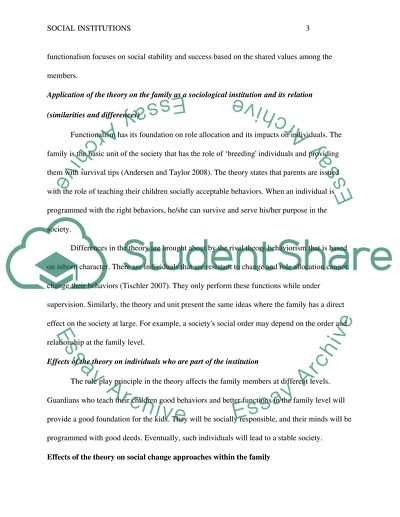Cite this document
(“Social Institutions Research Paper Example | Topics and Well Written Essays - 1750 words”, n.d.)
Retrieved from https://studentshare.org/sociology/1648905-social-institutions
Retrieved from https://studentshare.org/sociology/1648905-social-institutions
(Social Institutions Research Paper Example | Topics and Well Written Essays - 1750 Words)
https://studentshare.org/sociology/1648905-social-institutions.
https://studentshare.org/sociology/1648905-social-institutions.
“Social Institutions Research Paper Example | Topics and Well Written Essays - 1750 Words”, n.d. https://studentshare.org/sociology/1648905-social-institutions.


